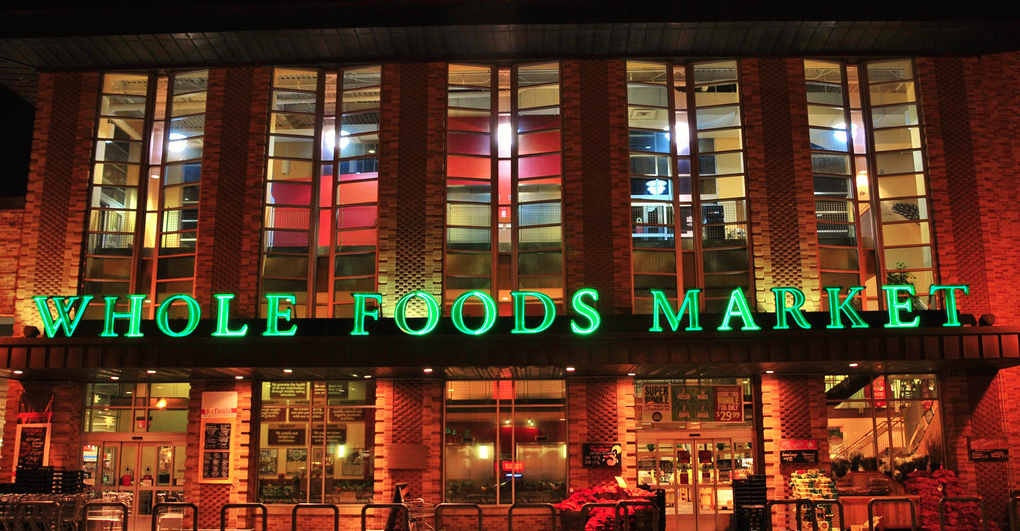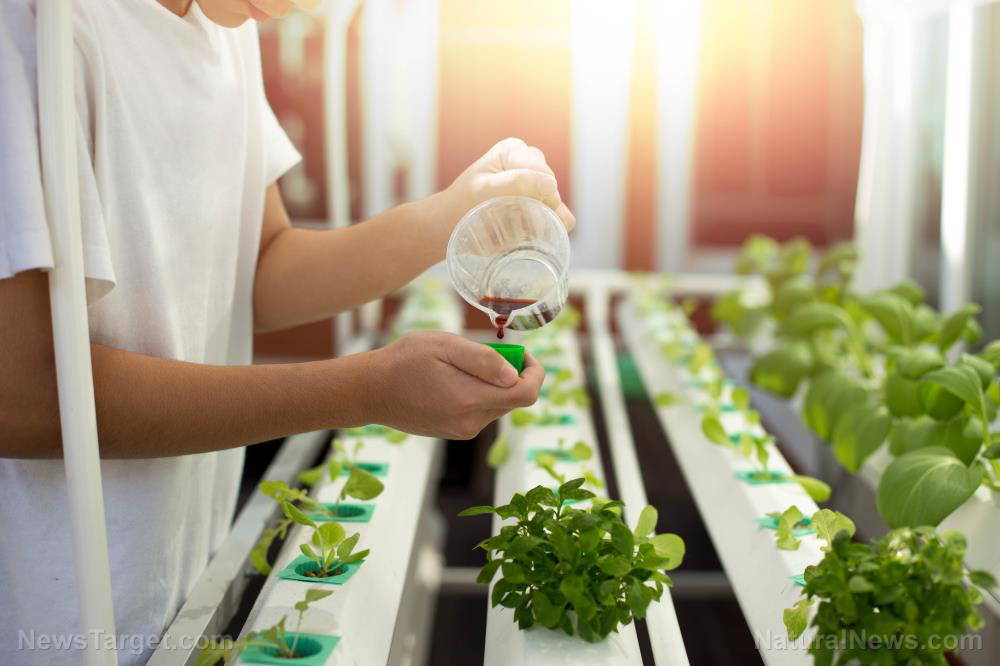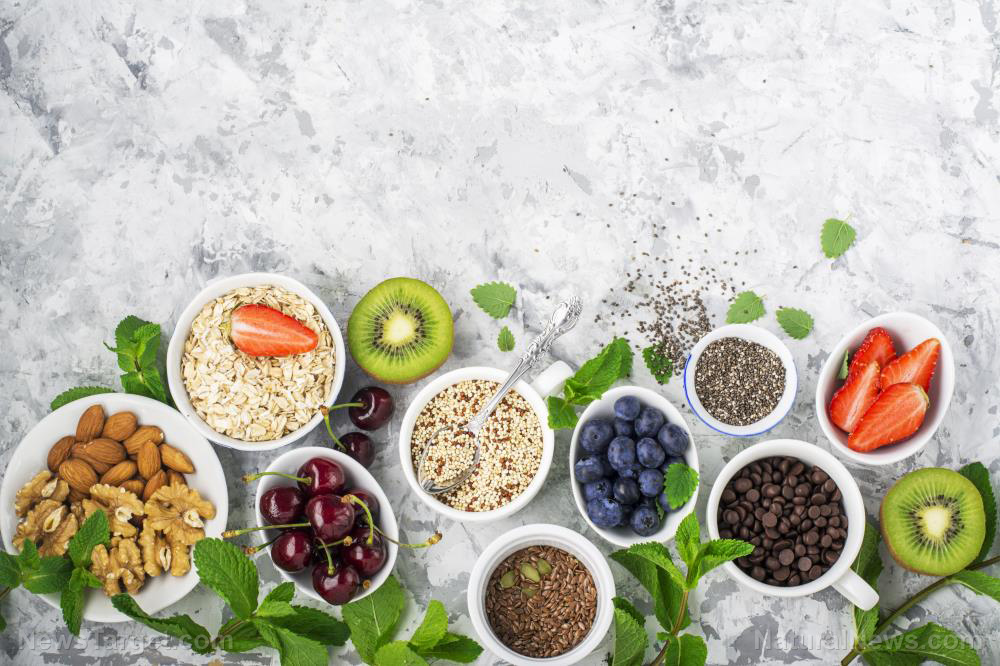American consumers turn to cheaper store brands as commodity prices continue to soar
07/28/2022 / By Mary Villareal

American consumers are turning to cheaper store brands in supermarkets to stretch their budget as grocery prices continue to soar, adding more pressure to the big food brands.
This major change in spending habits started in March, with the sudden spike in gas prices and the highest level of inflation in 40 years.
According to credit card companies, consumers are now trending toward lower-cost items such as store brands as they struggle with the effects of inflation. The soaring costs for everyday expenses like gas, food and rent have made generic store brands more attractive for households on a strained budget.
Most major food brands have raised their prices since the beginning of the year to offset the rising production costs, but generic products are still 30 percent less expensive on average. (Related: Food inflation has now reached 12.6% PER MONTH, corporate media blames Putin, not money printing.)
In terms of sales, purchases of food and beverages under store brands have risen to one percent of market share for the four weeks ending July 10, as per data market research from Information Resources, Inc. (IRI).
Moreover, the IRI found that 47 percent of breakfast meats and 50 percent of crackers were bought using coupons or through other discounts. At least 39 percent of toilet paper and paper towels were also bought with discounts, the highest since the beginning of the year.
Big food companies like Kraft Heinz and General Mills used to capture more of the market from the generic-label manufacturers. That has now changed as big food giants are scheduled to report negative second-quarter results.
Store brands appear faster on the shelves than name-brand competitors
Without the added marketing costs, store brands can usually keep their prices cheaper. However, some of them are gaining more in sales because they now appear faster on the shelves compared to their name-brand competitors that are facing worsening supply chain crisis.
Lower-cost store-brand items made by companies such as TreeHouse Foods are sold at big retail chains like Walmart and Kroger. Brand-name manufacturers face more limitations in their options due to supply chain disruptions caused by the war in Ukraine and the pandemic lockdowns in China.
Private label products have gained market share in the four consecutive months to mid-June. The rise came following two years of persistent market share losses for supermarket brands.
“Private label growth has been a persistent threat to large food companies and will likely represent a secular theme over the next five to 10 years,” an analyst at Stifel said.
Price gaps for store brands and national brands have also widened for the first time since the beginning of the pandemic. Brand-name producers are returning to pricing tactics that they used during the 2008 financial crisis, such as reducing portion sizes to keep the prices the same or higher.
Other national brands are also trying to convince shoppers to stay with them by emphasizing the superiority of premium products over cheaper store-brand alternatives, and they are spending more on discounts and promotions on goods to keep shoppers in higher-end stores buying their products.
Visit Inflation.news for more updates on soaring food prices.
Watch the video below for more commentary on the rising grocery prices.
This video is from the TruNews channel on Brighteon.com.
More related stories:
Surveys: Consumers are saving less and acquiring more debts due to inflation.
BlackRock president: INFLATION will teach VERY RUDE lessons to today’s consumers.
Survey: Americans have changed their spending and eating habits to cope with Biden’s inflation.
Economist: America about to enter next stage of inflation, which will be so much worse.
Sources include:
Submit a correction >>
Tagged Under:
bubble, chaos, Collapse, consumers, debt collapse, economic crash, economy, food collapse, food inflation, food prices, food security, food supply, grocery, Inflation, panic, risk, store brand, supply chain crisis
This article may contain statements that reflect the opinion of the author
RECENT NEWS & ARTICLES
COPYRIGHT © 2017 FOOD SUPPLY NEWS




















